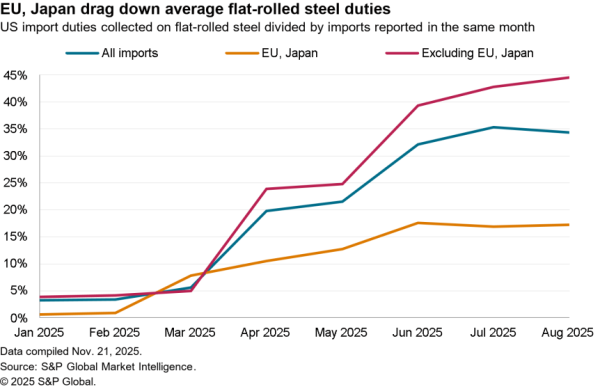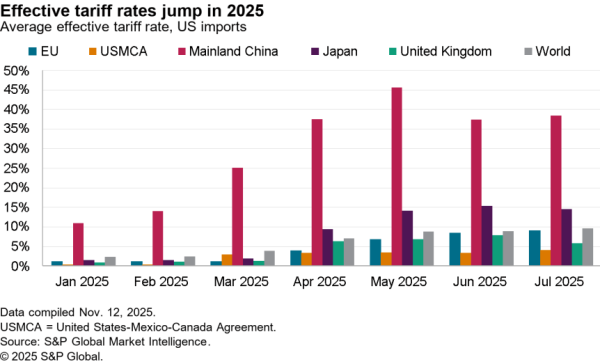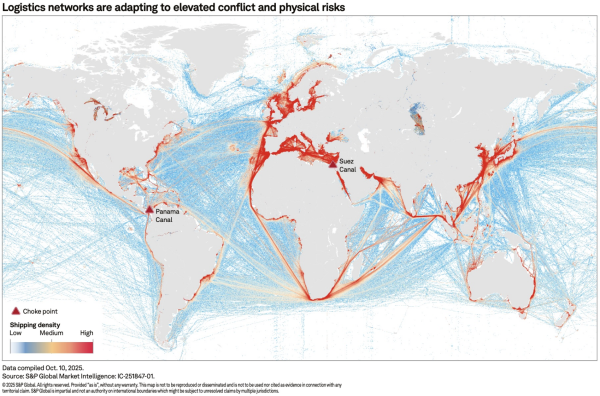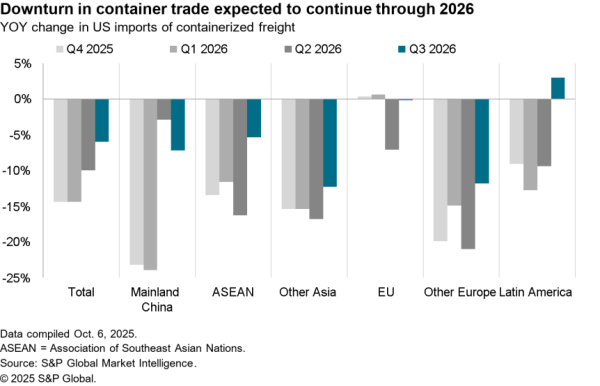Japanese automakers Toyota and Mazda will jointly build a $1.6 billion car factory in the U.S., which is scheduled to come online in by 2021 as part of a broader technical and financial alliance. The plant will be able to produce 300,000 vehicles annually, or 2.7% of the companies’ combined overseas production, Panjiva analysis of company figures shows. While small, the move may help alleviate some political pressure on the Japanese automakers. American President Donald Trump has reportedly pressured the Japanese government to improve access for U.S. automakers to Japan, as outlined in Panjiva research of July 21.

Source: Panjiva
In that regard the new factory’s production could displace 9.7% of auto imports from Japan to the U.S., Panjiva data shows. The administration is more likely to consider the value of imports, however, given its focus on the absolute value of the trade deficit with other countries. In total Japanese auto exports were worth $43.1 billion in the past year, having increased by 2.9% annually over the past five years. That is just behind Canada’s $45.4 billion and has lagged the national level of import growth of 5.5%.

Source: Panjiva
U.S. auto sales have fallen 1.3% in the 12 months to July 31 on a year earlier, according to Ward’s Auto data, marking an end to a 4.5% annualized growth over the past five years. Imported vehicles have fared badly, dropping 14.0% in the past year and 5.5% annually in the past five years.
Vehicles produced in Japan have tracked that trend, with U.S.-bound shipments having fallen 3.8% annually. Yet, more recently, there has been a marked build-up in volumes shipped, with a 29.5% jump in the past quarter raising the risk of increased inventories. The latter trend has included a 26.6% rise in Toyota’s shipments and 18.1% in Mazda’s.

Source: Panjiva




